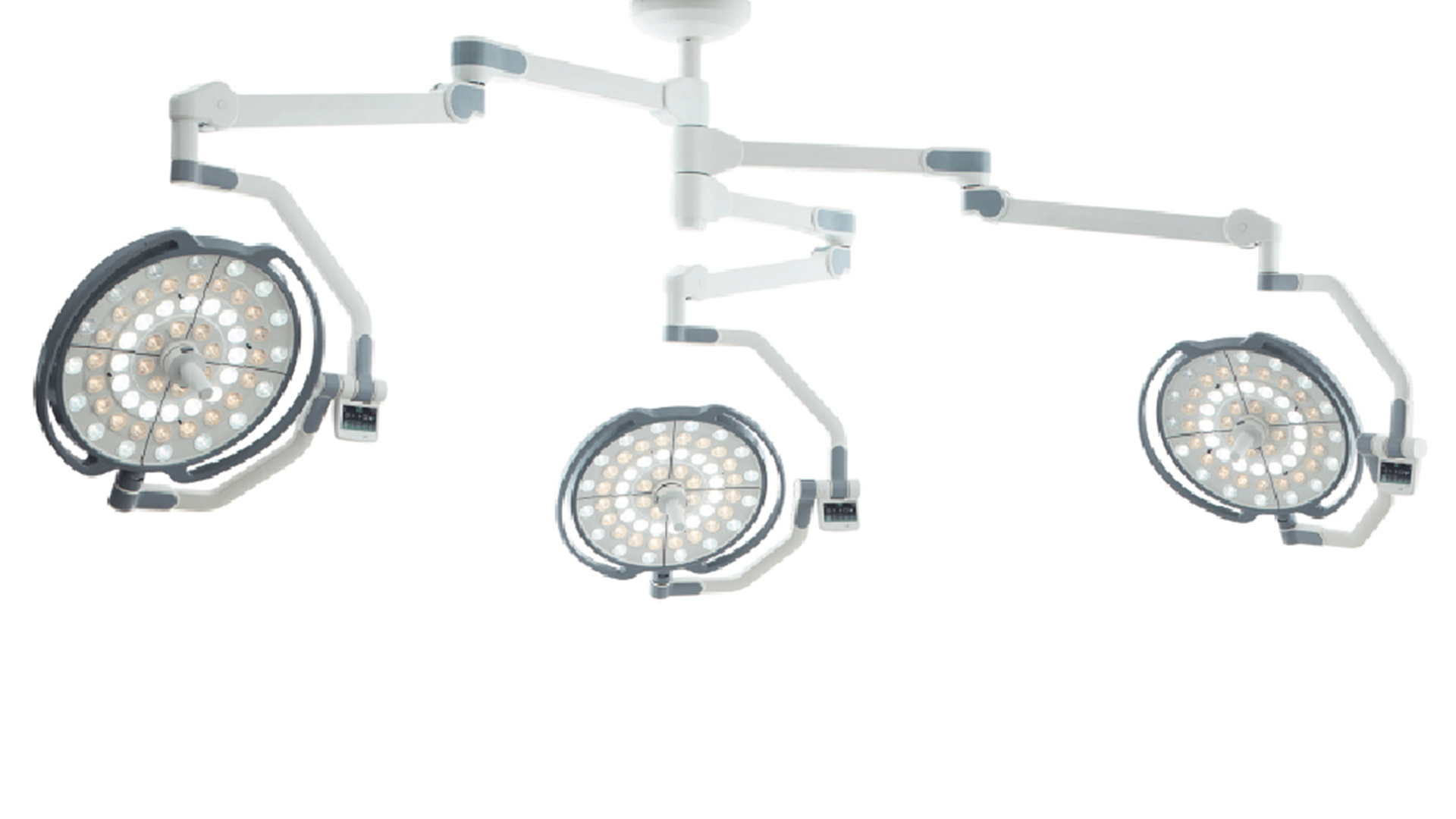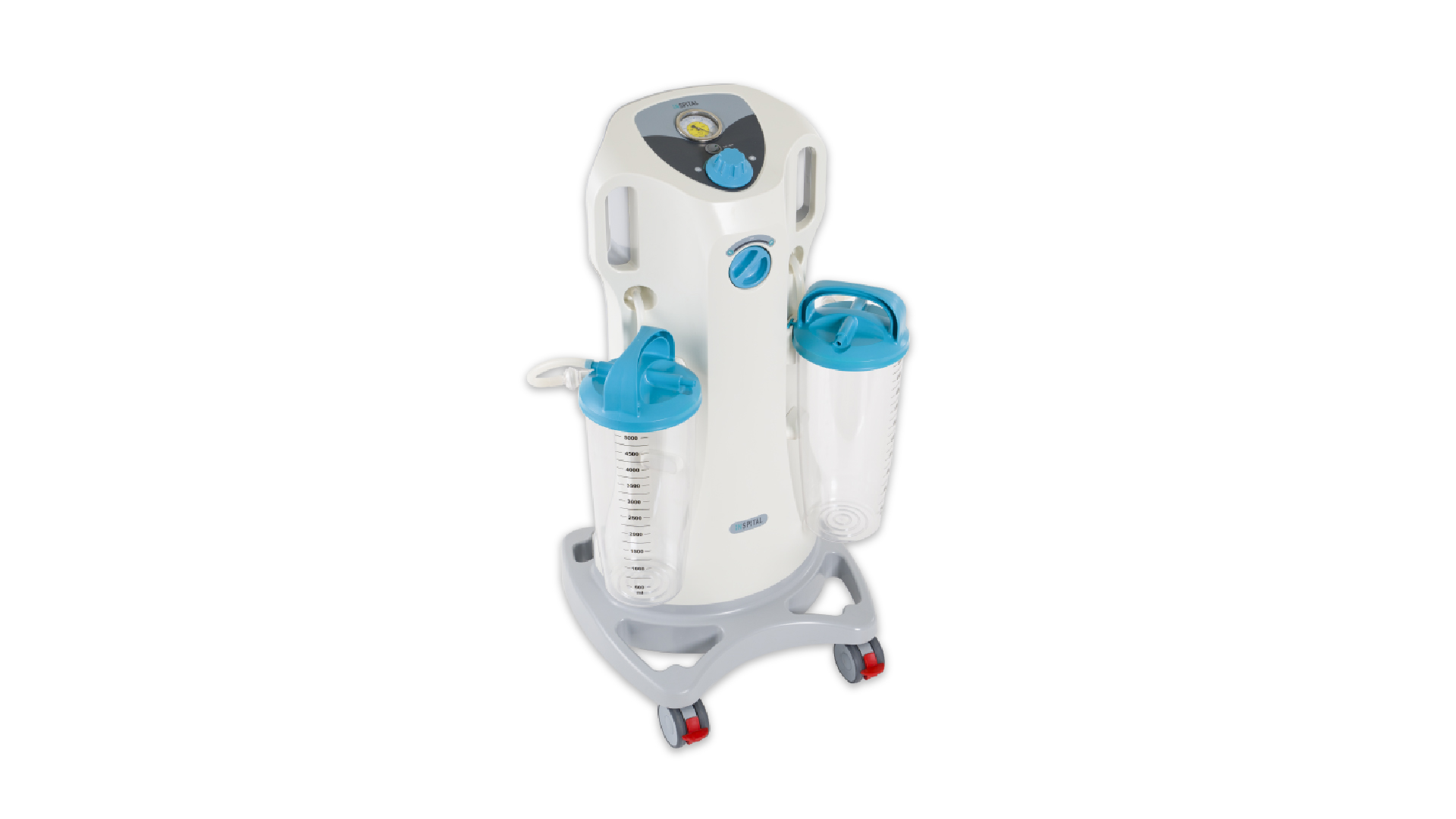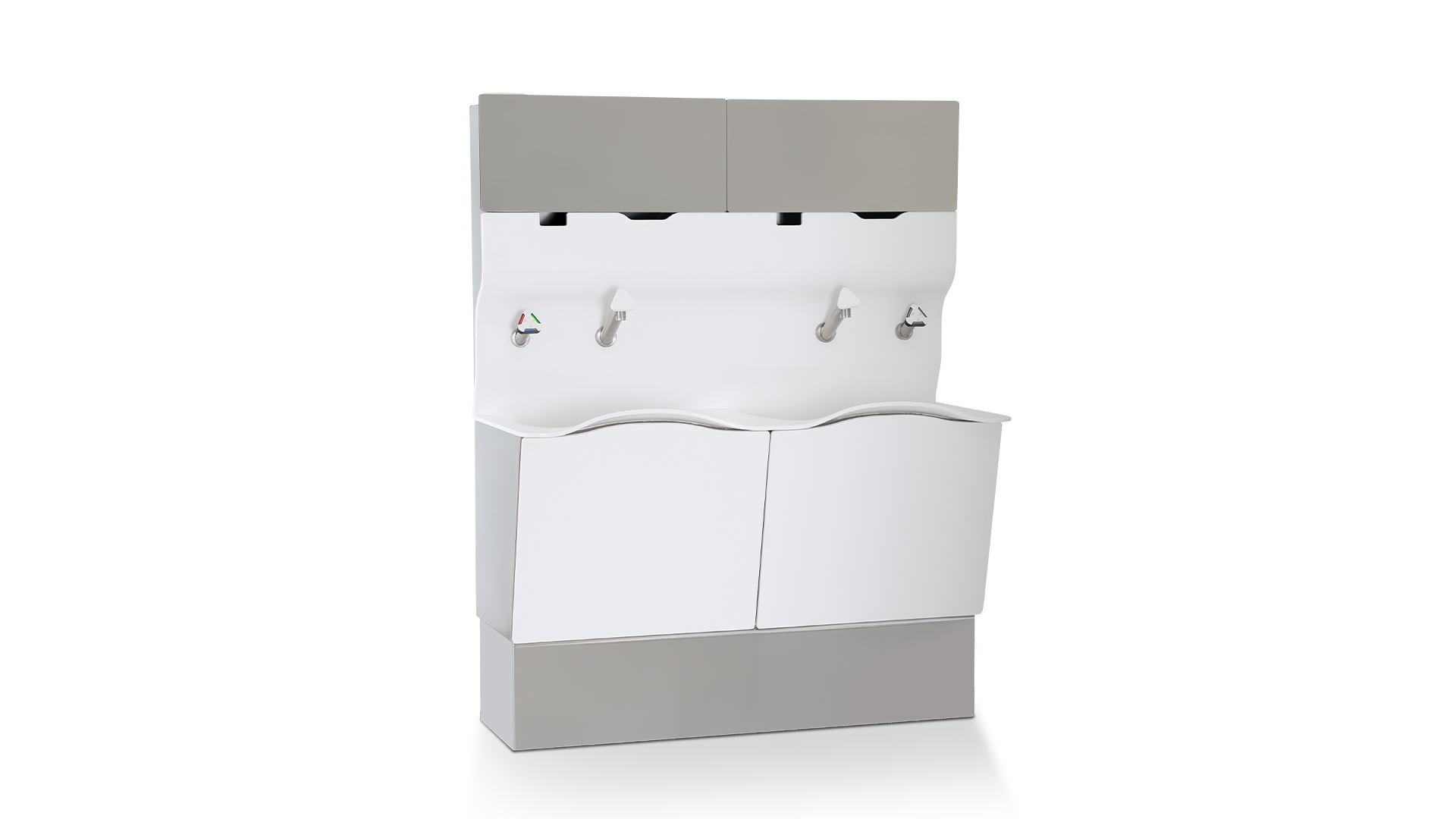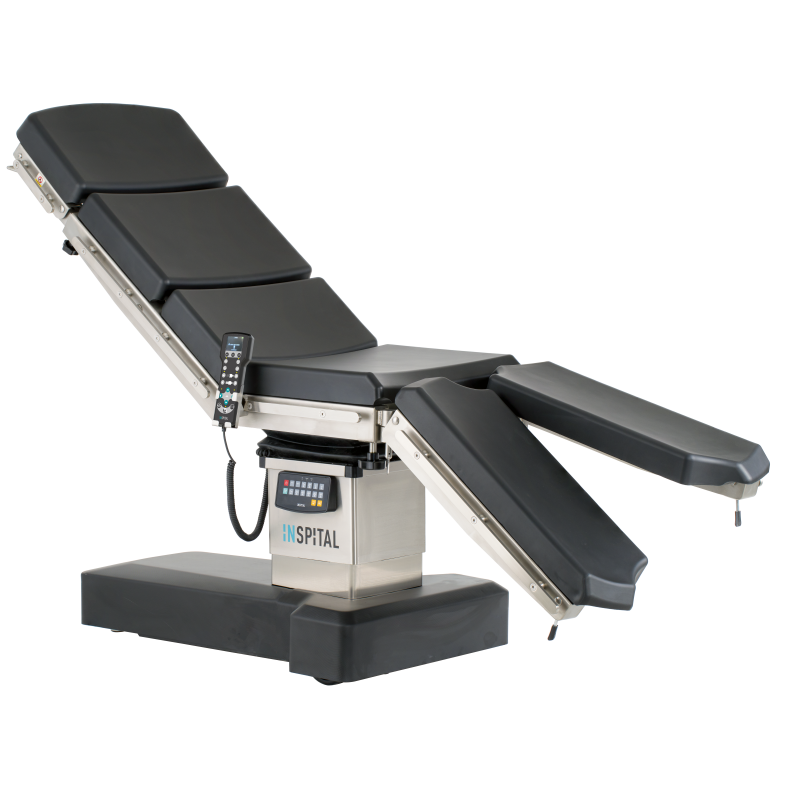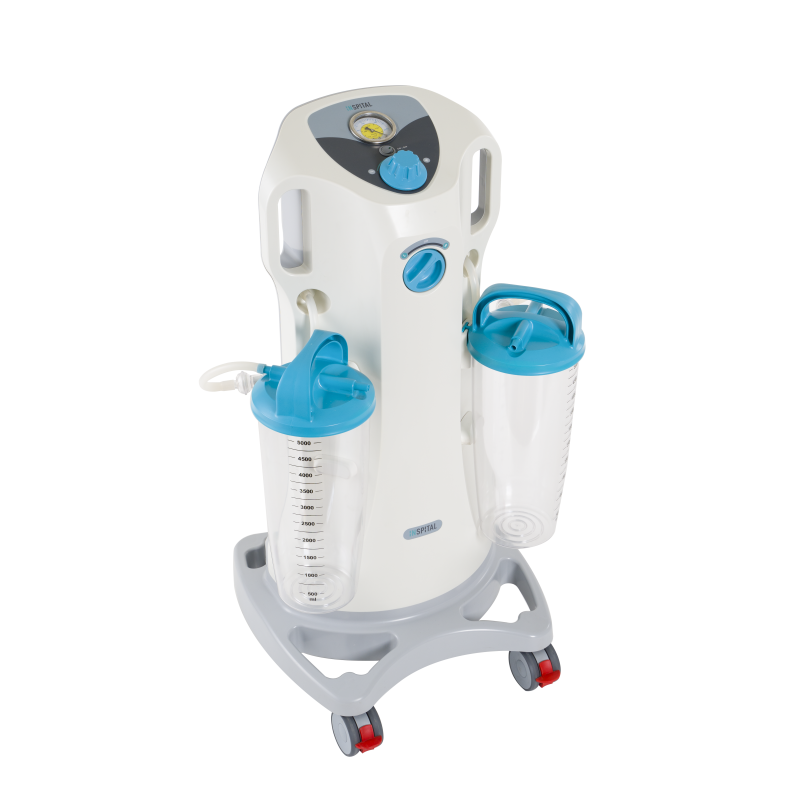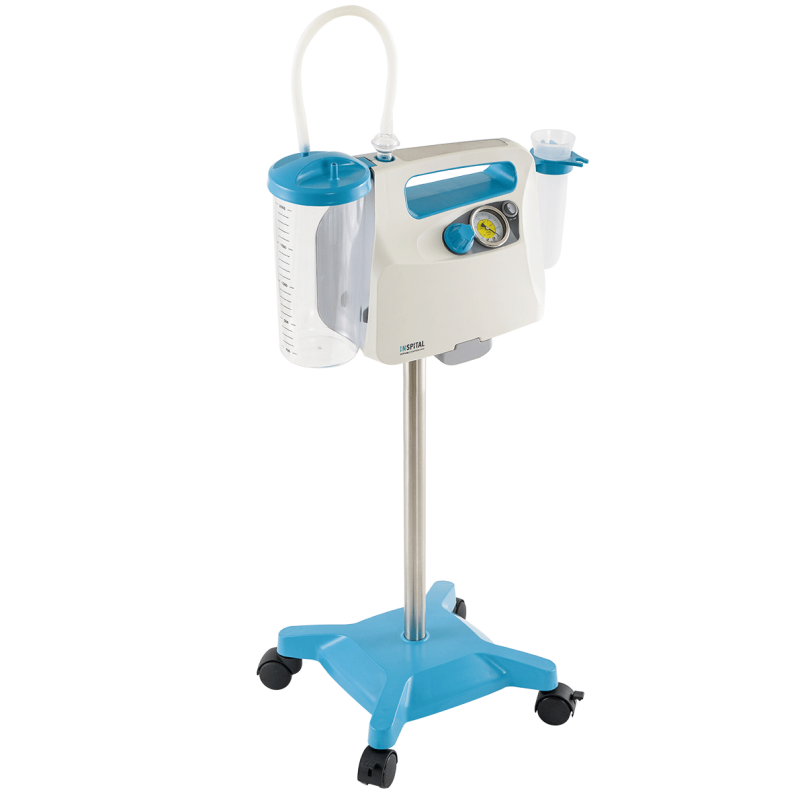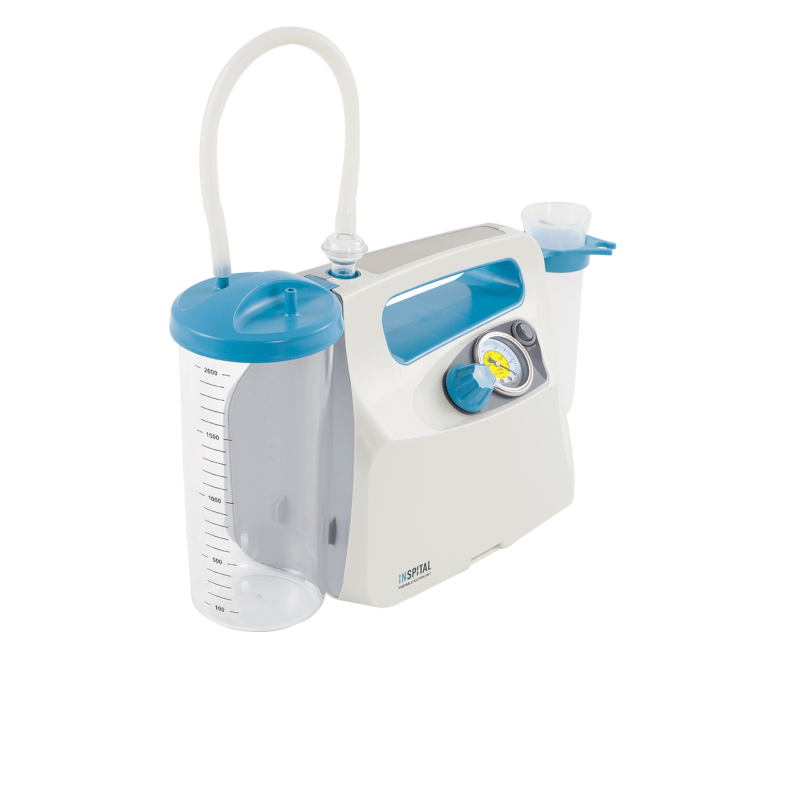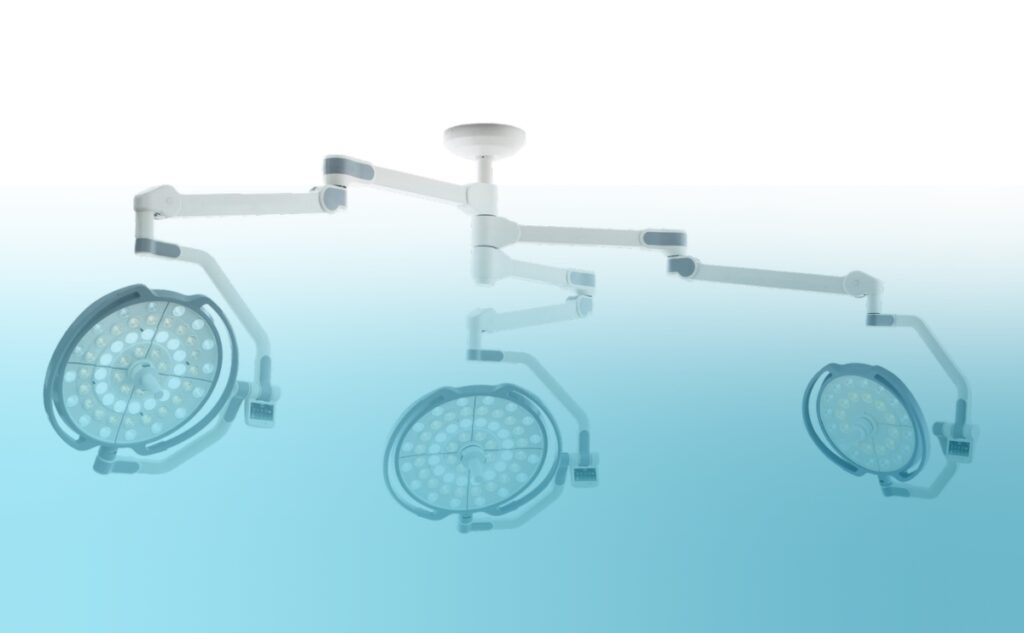Surgical Suction Units: An Indispensable Tool in Modern Medicine
- Suction Units
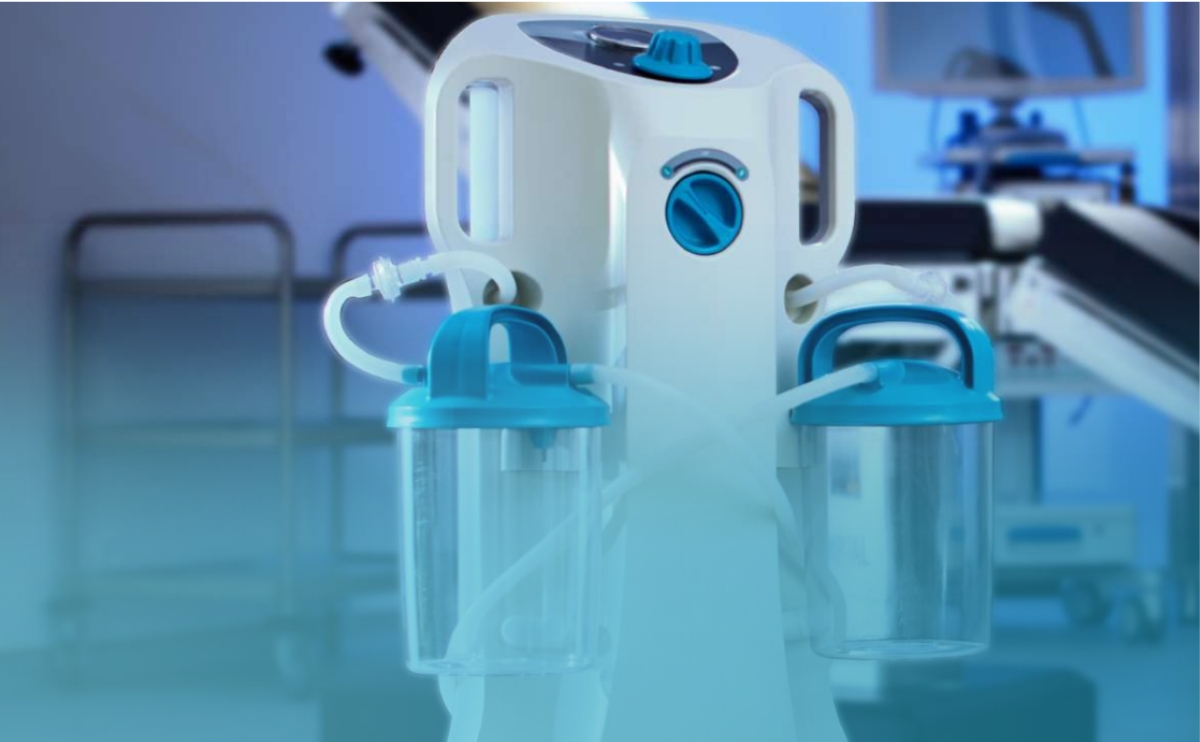
Contents
In every operation, whether it's a simple routine procedure or a highly complex, life-saving emergency treatment, there is one constant that must not be missing: clarity and visibility in the surgical field. Blood, bodily fluids, and other secretions can quickly contaminate the operating area and significantly complicate the surgeons' work. This is where the surgical suction device comes into play - an indispensable operating room suction device that ensures the field of vision remains clear, thus guaranteeing patient safety and the success of the procedure.
In this blog post, we take a detailed look at surgical suction units, their functionality, areas of application, and why they play such a central role in modern medicine.
What is a surgical suction unit?
An operating room suction device is a medical device used to aspirate fluids such as blood, secretions, pus, or other bodily fluids during a surgical procedure. These units typically consist of a vacuum device, a suction cannula, and a tubing system that collects the fluids in a secure container. They are used in almost all surgical areas - from general surgery to emergency medicine and dental surgery.
The main function of an operating room suction device is to keep the surgical field free of interfering fluids so that the surgeon can work precisely. It not only provides better visibility but also helps to avoid complications that could arise from the accumulation of fluids.
How does a surgical suction unit work?
The operation of a surgical suction unit is based on the principle of vacuum. A vacuum pump system creates negative pressure, which allows for the removal of fluids from the surgical area. These fluids are then transported through a flexible tubing system (the suction tube) into a special collection container.
a Creating a vacuum: The operating room suction device is turned on and generates a vacuum. This vacuum is capable of removing fluids from the surgical area.
b Suction cannula: At the tip of the suction tube is the suction cannula. This is precisely inserted by the surgeon or operating room staff into the area where fluid needs to be removed.
c Safety and control: Modern operating room suction devices offer a range of safety features, including clogging mechanisms and precise control of suction pressure to prevent too much or too little fluid from being removed.
d Fluid collection container: The aspirated fluids are collected in a special container, which often also includes a filtration unit to remove contaminants and minimize the risk of cross-contamination.
Areas of application for surgical suction units
Operating room suction devices are an indispensable tool in many medical disciplines. The most common areas of use include:
- General Surgery: In almost all surgical procedures, whether open operations or minimally invasive procedures (e.g., laparoscopy), an operating room suction device is needed to clear the surgical field of blood, secretions, and other fluids.
- Emergency Medicine: In emergency operations where the patient often has severe bleeding, an operating room suction device is crucial for quick action and controlling the bleeding. An operating room suction device is also used in resuscitation measures.
- Dental Surgery and Oral Surgery: In dentistry and oral surgery, where saliva and blood frequently obstruct the field of vision, an operating room suction device is used to keep the surgical area clean and visible.
- Neurology and Neurosurgery: In neurosurgery, the removal of fluids is particularly important, as even small disturbances can increase the risk of complications such as infections.
- Plastic Surgery: In plastic surgical procedures, the operating room suction device is used to remove excess fluids, whether in liposuction or after operations where wounds may be affected by secretions.
Technical Specifications of Electrosurgical Devices
Modern operating room suction devices have evolved significantly in recent decades. In particular, the improvement of vacuum technology has greatly increased the efficiency and precision of these devices. Some outstanding features include:
a Adjustable suction strength: Today, most suction devices offer finely adjustable suction power, allowing the surgeon to adjust the pressure as needed to ensure precise and safe removal of fluids.
b Quiet and hygienic: Many devices are characterized by particularly quiet operating noises and have a robust, easy-to-clean surface to ensure hygiene.
c Filter technology: Advanced filter and collection systems ensure that fluids are safely stored without the risk of contamination or pollution of the environment.
d Portability: Some surgical suction devices are compact and portable, making them particularly suitable for emergency use or use in smaller operating rooms.
Advantages of the surgical suction unit
The advantages of surgical suction units are numerous and offer significant improvements for both surgeons and patients:
Improved Visibility The most important advantage of a suction device is the improvement of visibility. Surgeons can observe the operating field precisely, which facilitates the procedure and reduces the risk of errors. | Faster Procedure Progress Through continuous suction of fluids, the operation can be performed more quickly and efficiently. This minimizes the time the patient spends under anesthesia and reduces the risk of complications. |
Reduction of Infections By removing excess body fluids, the risk of infections and other complications is reduced. Fluids that remain on open wounds or tissue provide a breeding ground for bacteria and germs. | Versatility and Flexibility Suction devices are incredibly versatile and are used in many different medical disciplines – from emergency medicine to plastic surgery and dentistry. |
Conclusion: The Future of Surgical Suction
Surgical suction devices have established themselves as an indispensable instrument in modern medicine. Their ability to keep the operating field free of fluids significantly contributes to the safety and efficiency of procedures. With advancing technological developments, surgical suction will become even more precise, safer, and user-friendly, allowing patients to be operated on faster and with lower risks.
Inspital, a leading provider of medical devices, offers high-quality suction devices specifically developed for use in demanding surgical environments. With a combination of advanced technology and user-friendly design, Inspital's suction devices ensure that every option can be carried out safely and efficiently.
Trust in quality and precision – for your patients and your surgical practice.
Current News
- Current News, Inspital Medical Technology, Research
News Press
Here you will find current news about trade fairs, congresses, PR and other relevant topics.

